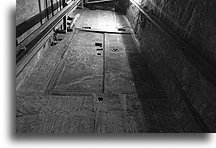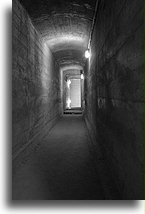Since the end of the 15th century, Książ Castle in the Silesia region, today part of Poland has been owned by the Hochberg family. They gave the castle its current Renaissance character. The castle hosted many famous people. Among others, the guests here were, the Prussian King Frederick William III, the Russian Tsar Nicholas I, John Quincy Adams, future president of the USA, and Winston Churchill, Prime Minister of Great Britain.
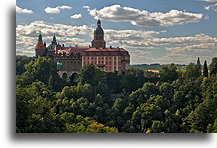
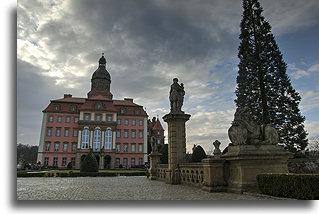
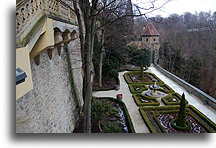
The Hochberg family owned the castle until 1941. Due to the global economic crisis and their extravagant lifestyle, they fell into debt, and the German government seized the property.
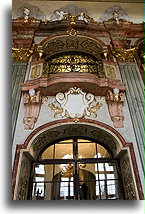
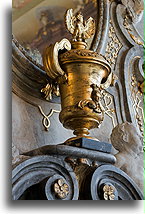

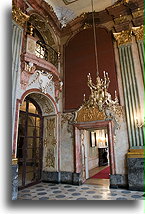
In the years of 1794-97 the ruins of the Old Książ Castle were built in the Gothic style. A drawbridge led to the castle, there were gate towers, a chapel and dungeons. The Old Książ served as a museum. Hans Heinrich VI von Hochberg collected numerous hunting trophies here, as well as paintings and many other valuable items. Since May 1945, Russian soldiers stayed in Stary Książ. They set fire to the castle and all the exhibits disappeared without a trace.
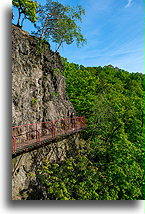
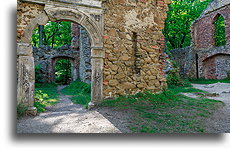

In 1944, the Książ Castle became part of the Nazi project code name “Riese”. Historians speculate, that the extensive works in the castle suggest that it was a future Nazi military headquarters. Using slave labor, new staircase and elevator shaft were built here to improve evacuation routes. Two levels of underground tunnels were excavated to provide protection from air strikes. The castle rooms suffered as well, where most of the decorative elements were removed and destroyed. After WWII, during the Soviet occupation of the castle, numerous artefacts that survived the war were stolen or destroyed.
